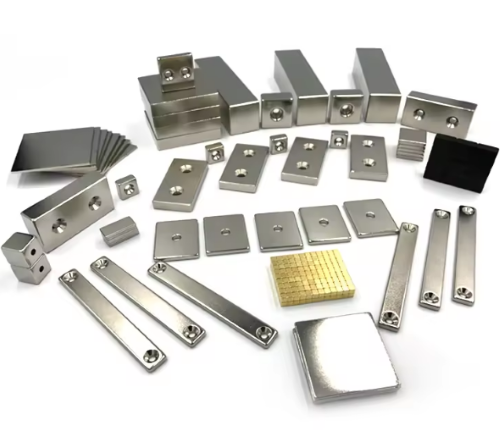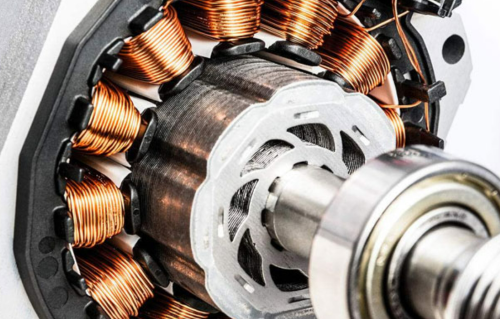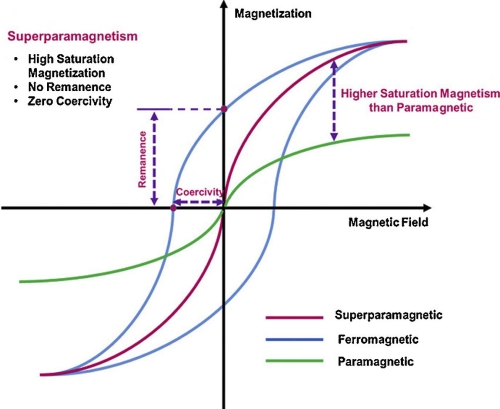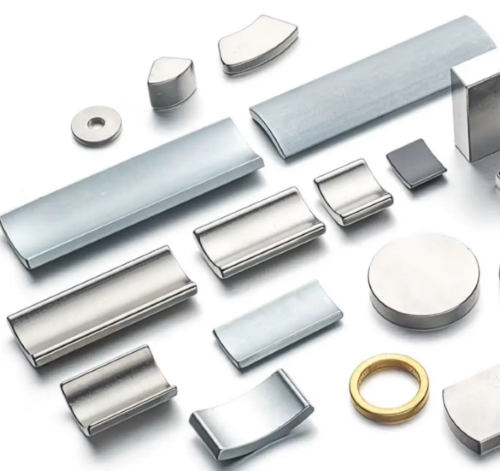The Superior Temperature Stability of SmCo Magnets
Introduction to SmCo Magnets
Samarium Cobalt (SmCo) magnets are a type of rare earth magnet known for their temperature stability in extreme conditions.

Composed primarily of samarium and cobalt, they come in two main series: SmCo5 and Sm2Co17, each with distinct properties. Factors affecting their performance include composition, manufacturing processes, and operating temperatures, with SmCo5 magnets typically handling up to 300°C and Sm2Co17 magnets capable of withstanding up to 550°C.
Notable features of SmCo magnets include high coercivity, excellent thermal demagnetization resistance, and low reversible temperature coefficients. These properties make them ideal for applications in aerospace, automotive, industrial machinery, and defense sectors, where consistent performance under high temperatures and harsh environments is crucial.
|
Feature |
SmCo5 |
Sm2Co17 |
|
Maximum Energy Product (BHmax) |
16 - 25 MGOe |
24 - 32 MGOe |
|
Remanence (Br) |
0.9 - 1.15 T |
1.0 - 1.25 T |
|
Coercivity (Hc) |
600 - 2000 kA/m |
450 - 1600 kA/m |
|
Curie Temperature |
720°C |
800°C |
|
Maximum Operating Temperature |
250°C - 300°C |
350°C - 550°C |
|
Density |
8.2 g/cm³ |
8.3 g/cm³ |
|
Hardness |
450 - 500 Vickers |
450 - 500 Vickers |
|
Thermal Expansion (parallel) |
8 x 10⁻⁶/°C |
8.5 x 10⁻⁶/°C |
|
Thermal Expansion (perpendicular) |
12 x 10⁻⁶/°C |
11 x 10⁻⁶/°C |
|
Thermal Conductivity |
12 W/m·K |
11 W/m·K |
|
Electrical Resistivity |
8 - 10 µΩ·cm |
8 - 10 µΩ·cm |
For more information, please check Stanford Magnets.
The Temperature Stability of SmCo Magnets
1. High Operating Temperatures
SmCo magnets are categorized into two main types: SmCo5 and Sm2Co17. Each type offers different levels of temperature stability.
- SmCo5 magnets, composed of one part samarium and five parts cobalt, can typically operate effectively at temperatures up to 250°C to 300°C.
- In contrast, Sm2Co17 magnets, which consist of two parts samarium and seventeen parts cobalt, exhibit even greater temperature resistance, functioning efficiently at temperatures ranging from 350°C to 550°C. The complex crystal structure of Sm2Co17 magnets accounts for their superior thermal stability, making them suitable for the most demanding applications.
Related reading: Maximum Operating Temperature VS. Curie Temperature
2. Thermal Demagnetization Resistance
One of the standout features of SmCo magnets is their remarkable resistance to thermal demagnetization. This property is critical for applications that require magnets to maintain their performance under fluctuating or high temperatures.
SmCo magnets have high coercivity, meaning they resist demagnetization from external magnetic fields or temperature changes. This resistance ensures that SmCo magnets can retain their magnetic strength even when exposed to harsh thermal conditions, unlike Neodymium (NdFeB) magnets, which tend to lose their magnetism at elevated temperatures.
3. Reversible Temperature Coefficient
The reversible temperature coefficient of a magnet indicates how much its magnetic properties change with temperature. For SmCo magnets, this coefficient is relatively low, typically around -0.03% per degree Celsius for SmCo5 and -0.02% per degree Celsius for Sm2Co17.
This low coefficient means that the magnets' performance changes minimally with temperature fluctuations, ensuring stable and reliable magnetic properties. This stability is particularly crucial in applications that demand precise and consistent magnetic fields.
Comparison with Other Magnets
When comparing SmCo magnets to other types of magnets, their temperature stability stands out.
- Neodymium (NdFeB) magnets, known for their high magnetic strength, generally operate effectively up to only about 150°C to 200°C. Beyond this range, their magnetic properties degrade significantly, limiting their use in high-temperature applications.
- AlNiCo magnets, another alternative, can operate at higher temperatures (up to around 500°C), but they have lower coercivity and are more prone to demagnetization compared to SmCo magnets.
These comparisons highlight the unique advantage of SmCo magnets in maintaining performance under extreme thermal conditions.
|
Type of Magnet |
Maximum Operating Temperature (°C) |
Curie Temperature (°C) |
|
SmCo (SmCo5) |
250°C - 300°C |
720°C |
|
SmCo (Sm2Co17) |
350°C - 550°C |
800°C |
|
Neodymium (NdFeB) |
150°C - 200°C |
310°C - 370°C |
|
AlNiCo |
450°C - 500°C |
850°C |
|
Ceramic (Ferrite) |
250°C - 300°C |
450°C |
Related reading: SmCo Magnets vs Neodymium Magnets
Applications in High-Temperature Environments
The exceptional temperature stability of SmCo magnets makes them ideal for use in various high-performance applications:
- Aerospace: In the aerospace industry, SmCo magnets are utilized in critical components that must function reliably under extreme temperature variations, such as in jet engines and space exploration equipment.
- Automotive: In automotive applications, especially in engines and sensors, SmCo magnets are preferred for their ability to withstand high temperatures without losing their magnetic properties. They are essential in electric vehicles and high-performance motors.
- Industrial Equipment: SmCo magnets are used in industrial machinery and equipment that operate in high-temperature environments. Their stability ensures the reliable performance of electric motors, generators, and other critical components.
- Defense: The defense sector employs SmCo magnets in various high-temperature applications, including missile guidance systems and advanced radar technologies.
Long-Term Stability
Beyond their immediate thermal performance, SmCo magnets also exhibit excellent long-term stability. They retain their magnetic properties over extended periods, even under harsh conditions. This reliability reduces the need for frequent replacements and maintenance, contributing to their cost-effectiveness in demanding applications.
Conclusion
In a word, the superior temperature stability of SmCo magnets sets them apart from other magnetic materials. Their ability to maintain high coercivity, resist thermal demagnetization, and perform reliably under extreme conditions makes them indispensable in advanced technological applications across aerospace, automotive, industrial, and defense sectors.
As technology continues to advance, the demand for high-performance materials like SmCo magnets will only grow, underscoring their critical role in the future of high-temperature applications.















